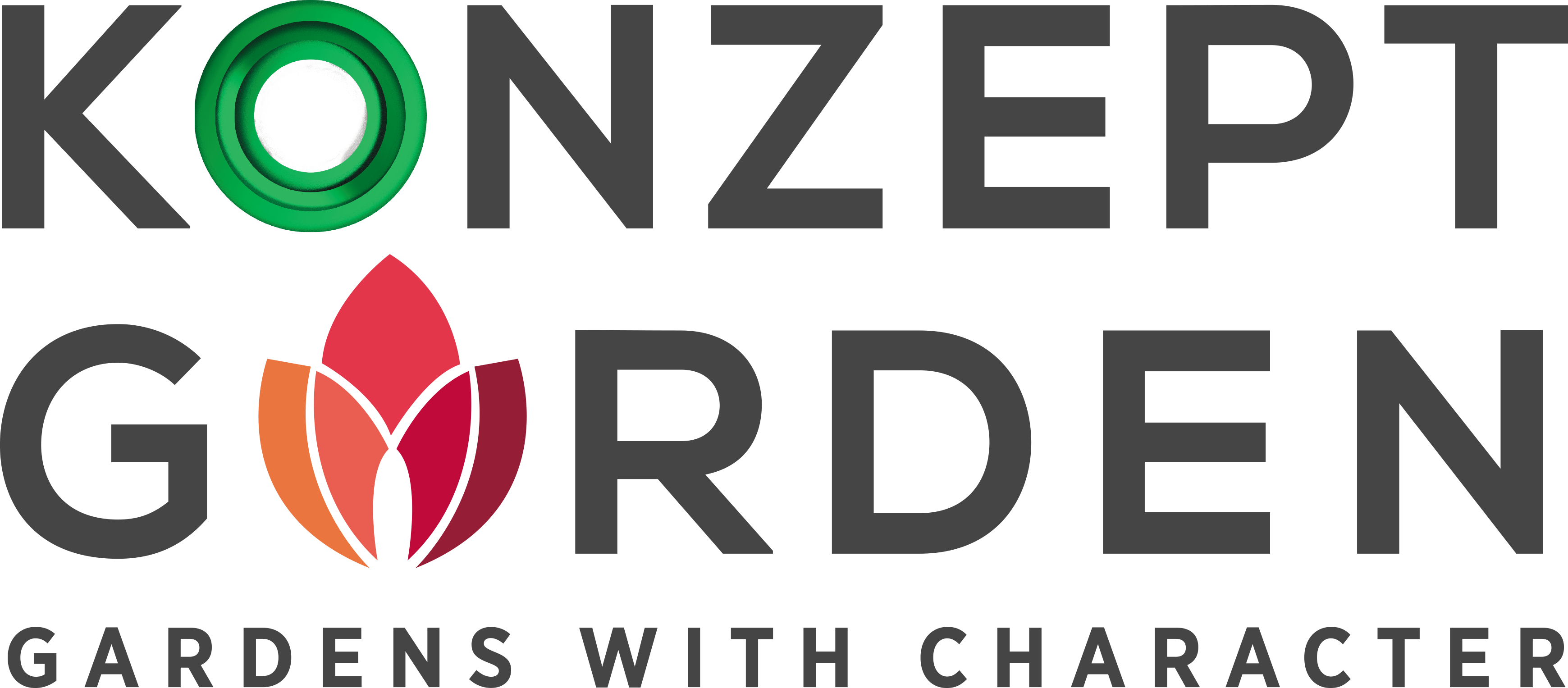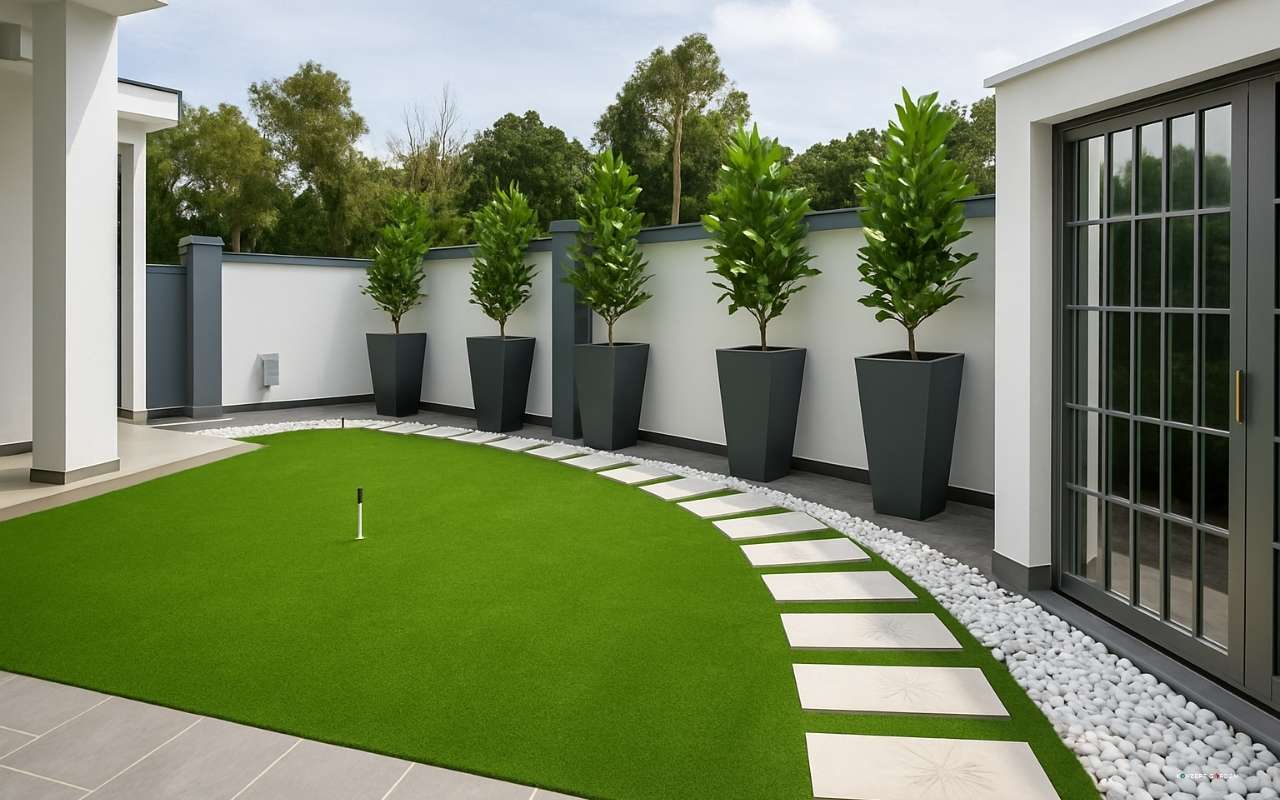Water scarcity has become one of the most pressing environmental concerns in recent years. Across the globe, communities are facing drought conditions, rising utility costs, and increased pressure to conserve natural resources. In Malaysia, while heavy rainfall is common, prolonged dry seasons and water rationing in urban areas highlight the need for sustainable solutions in landscaping. For many homeowners and businesses, maintaining a natural lawn is no longer practical. This is where artificial grass steps in as a modern, eco-friendly alternative. Beyond its aesthetic appeal, artificial grass plays a crucial role in water conservation while offering long-term economic and lifestyle benefits.
The Water Problem with Natural Lawns
Traditional lawns are notoriously thirsty. According to international studies, maintaining a healthy grass lawn can consume up to 55 gallons (over 200 liters) of water per square meter annually. In tropical climates like Malaysia, where natural grass is expected to remain green year-round, the water demand is even higher. Irrigation systems, sprinklers, and manual watering become constant requirements, straining both the environment and household budgets.
This excessive water use contributes to several challenges:
- Water scarcity: Urban areas often face water shortages, making lawn irrigation unsustainable.
- High costs: Rising water tariffs in Malaysia increase household expenses.
- Environmental stress: Overwatering contributes to soil degradation and runoff pollution.
- Climate vulnerability: With climate change altering rainfall patterns in Southeast Asia, the unpredictability of water supply makes natural lawns even less practical.
The reality is clear: natural lawns are a luxury that comes at a high ecological cost. Homeowners seeking sustainable solutions are turning to artificial grass as a practical alternative.
How Artificial Grass Saves Water
Artificial grass eliminates the single largest burden of natural lawns: irrigation. Once installed, products like NobleGrass from Konzept Garden remain green, vibrant, and soft without the need for regular watering.
Eliminates Irrigation Needs
With artificial grass, homeowners can completely do away with sprinklers, drip systems, or manual watering. The turf maintains its appearance regardless of rainfall or dry spells. This is especially important in Malaysia, where some urban centers have experienced water rationing in recent years.
Stays Green Year-Round
Unlike natural grass, which browns and withers during drought or intense heat, synthetic turf stays lush throughout the year. This reliability ensures consistent curb appeal without demanding water. In 2025, many Malaysian developers are integrating artificial turf into residential projects specifically for its ability to look flawless year-round.
Reduces Evaporation and Runoff
Natural grass requires frequent watering, much of which is lost to evaporation in hot climates. Artificial turf removes this inefficiency. Additionally, it reduces runoff caused by overwatering, which often carries fertilizers and pesticides into waterways. This makes artificial grass not only water-efficient but also a solution for protecting rivers, lakes, and drainage systems from pollution.
By switching to artificial grass, Malaysian homeowners can save thousands of liters of water annually while supporting national conservation goals and aligning with sustainable development practices promoted by the government.
Read more: Tutorial How To Cut Artificial Grass? Diy Grass Installation

Additional Eco-Friendly Benefits
The water-saving advantages of artificial grass are significant, but they are only part of the story. Modern products like NobleGrass also offer a range of environmental benefits.
Less Chemical Use
Natural lawns often require fertilizers, herbicides, and pesticides to maintain their appearance. These chemicals not only increase household expenses but also contribute to groundwater pollution. Artificial grass requires no such treatments, keeping both the garden and the environment cleaner. This is especially important in Malaysia, where heavy rainfall can wash these chemicals into storm drains and eventually into rivers.
Lower Carbon Emissions
Maintaining a natural lawn often involves gas-powered equipment such as lawnmowers and trimmers. Artificial grass eliminates the need for these machines, reducing carbon emissions and noise pollution. For eco-conscious homeowners and businesses, this means aligning personal choices with broader sustainability goals. On a large scale, reducing fuel-powered maintenance contributes to Malaysia’s commitment to lowering greenhouse gas emissions.
Durability and Longevity
Artificial grass is designed to last for years, even under heavy use. High-quality products like NobleGrass withstand Malaysia’s tropical climate, from intense sun to heavy rain, without fading or breaking down. This longevity reduces the demand for replacements and conserves resources. A single installation can remain in excellent condition for a decade or more, making it a smart investment.
Recyclability
Advancements in manufacturing have made artificial turf increasingly recyclable. Many modern products are made from recycled materials and can be repurposed at the end of their lifespan. This circular approach reduces landfill waste and supports a sustainable economy. By 2025, recycling programs for artificial turf have become more widespread, making it easier than ever for homeowners to dispose of or repurpose old grass responsibly.
Real-Life Impact: Cost and Lifestyle Savings
Beyond water conservation and environmental benefits, artificial grass offers practical advantages that improve everyday life.
- Lower water bills: By eliminating irrigation, households save significantly on monthly utilities, a welcome relief as water tariffs continue to rise.
- Minimal maintenance: No mowing, fertilizing, or reseeding required. Occasional cleaning is all that is needed, freeing up weekends for leisure instead of yard work.
- Family- and pet-friendly: Artificial grass is safe, non-toxic, and resilient, providing a clean and comfortable space for children and pets to play without muddy patches or allergens.
- Increased property value: A well-maintained, evergreen lawn enhances curb appeal, making properties more attractive to buyers or tenants. For landlords, artificial grass also reduces long-term maintenance costs between tenancies.
For Malaysian homeowners juggling busy schedules, these lifestyle savings are just as valuable as the environmental ones.
Artificial Grass in Malaysia: Local Relevance in 2025
Artificial grass has gained significant popularity in Malaysia, particularly in urban centers like Kuala Lumpur, Penang, and Johor Bahru. With limited outdoor space and increasing awareness of sustainable living, homeowners are seeking smart landscaping solutions that balance beauty with practicality.
Several trends stand out in 2025:
- Rooftop gardens: Urban residences and commercial buildings are using artificial grass to create green retreats in high-rise environments.
- Eco-friendly developments: Property developers are integrating artificial turf as part of sustainable design packages to attract eco-conscious buyers.
- Hospitality industry adoption: Hotels and resorts use artificial grass for poolside areas and event spaces to maintain a lush appearance without heavy water consumption.
Konzept Garden has been at the forefront of these trends, offering NobleGrass as a premium solution tailored to Malaysia’s climate and design preferences.
Artificial Grass as a Smart Choice for Sustainable Landscaping
Artificial grass integrates seamlessly into modern landscaping trends, making it ideal for both residential and corporate projects.
- Urban homes: Compact lawns and rooftop gardens benefit from low-maintenance greenery.
- Commercial spaces: Hotels, offices, and retail complexes use artificial grass for aesthetic and practical purposes.
- Eco-conscious landscaping: Artificial grass pairs well with vertical gardens, hydro planters, and water-saving features, creating holistic sustainable spaces.
Read more: Top 7 Places to Install Artificial Grass (Besides Your Lawn)
In 2025, sustainable landscaping is more than a trend; it is a necessity. With climate change impacting rainfall patterns in Southeast Asia, artificial grass represents a forward-thinking solution that balances beauty, convenience, and responsibility.

Conclusion
Artificial grass is more than a cosmetic upgrade. It is a water-saving, eco-friendly, and cost-effective solution that addresses modern landscaping challenges. For Malaysian homeowners and businesses looking to create stunning outdoor spaces without the burden of water consumption, artificial grass offers the ideal balance of practicality and sustainability. Konzept Garden’s NobleGrass range provides premium-quality artificial turf tailored for the local climate, ensuring long-lasting beauty and functionality.
Ready to save water and transform your outdoor space? Contact Konzept Garden today to explore the NobleGrass collection and take the first step toward sustainable landscaping.
Frequently Asked Questions (FAQ)
Q1: How much water can I save by switching to artificial grass?
Artificial grass can save thousands of liters of water annually, depending on lawn size. Unlike natural grass, it requires no irrigation, making it one of the most effective water-saving landscaping solutions.
Q2: Is artificial grass safe for children and pets?
Yes. High-quality artificial grass such as NobleGrass is non-toxic, soft, and durable. It provides a safe and comfortable surface for play without the risks associated with fertilizers or pesticides.
Q3: Does artificial grass get too hot in Malaysia’s climate?
Modern artificial turf is designed with heat-resistant technology. While it can warm under direct sunlight, it remains safe to use and does not reach unsafe temperatures.
Q4: How long does artificial grass last?
With proper installation and basic maintenance, premium artificial grass can last 10 to 15 years, even in tropical climates.
Q5: Can artificial grass be recycled?
Yes. Many artificial turf products are now made from recyclable materials and can be repurposed at the end of their lifespan, reducing environmental impact.
Q6: Is artificial grass suitable for heavy rainfall areas?
Yes. Artificial grass is designed with effective drainage systems that allow rainwater to pass through easily, preventing puddles and waterlogging. This makes it especially practical for Malaysia’s monsoon season.
Q7: How does artificial grass compare to natural grass in terms of cost over time?
While the upfront installation cost of artificial grass may be higher, long-term savings on water, fertilizers, pesticides, and maintenance equipment make it more economical over its lifespan.



